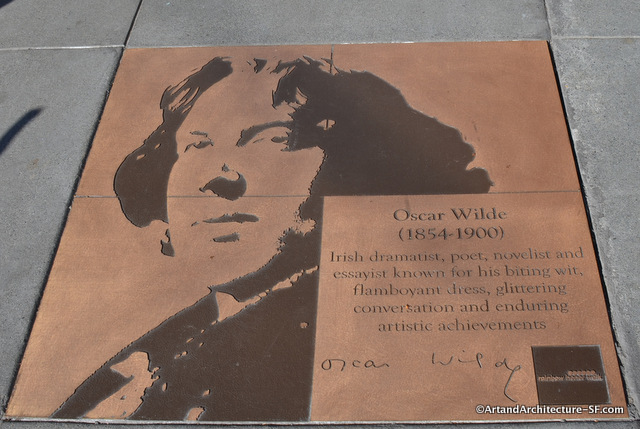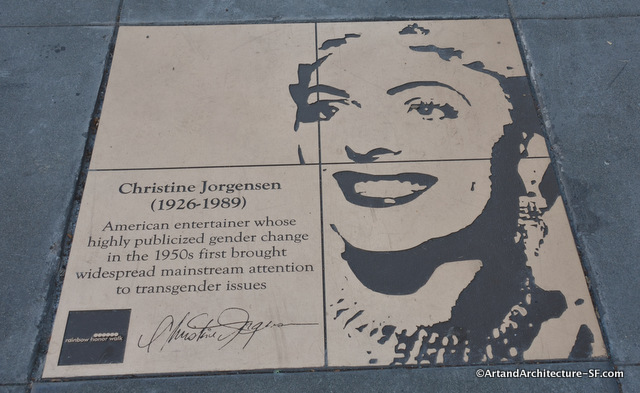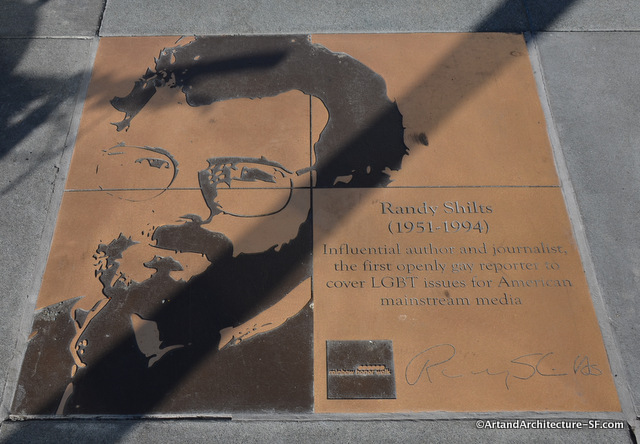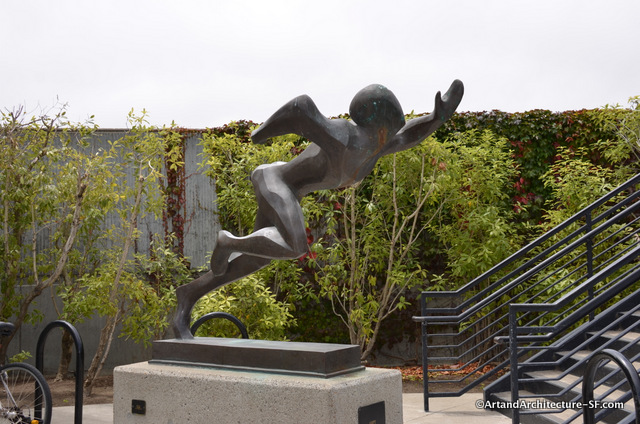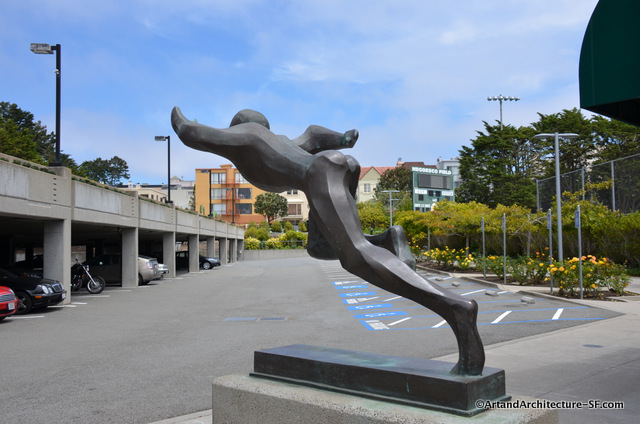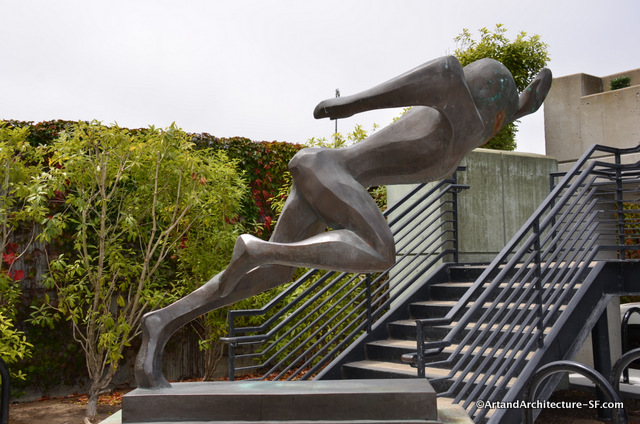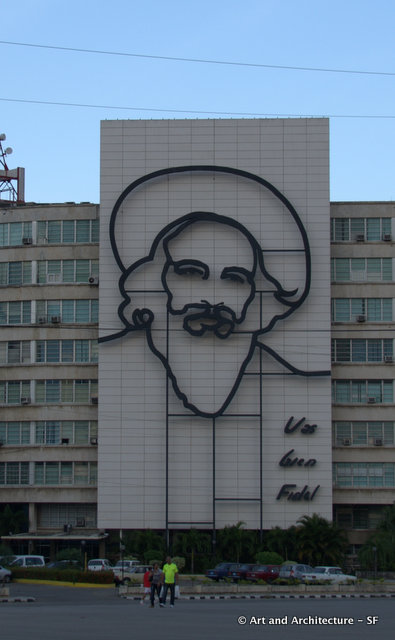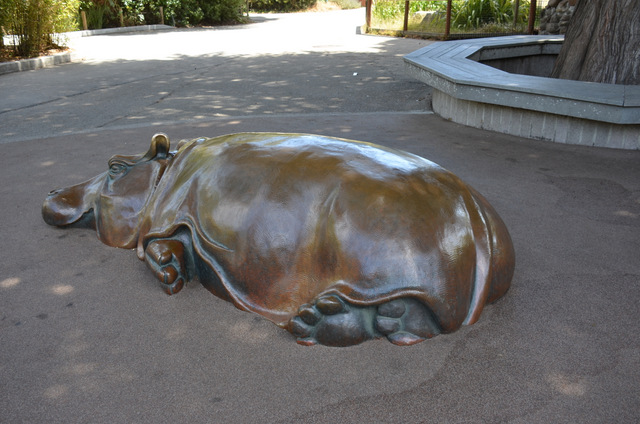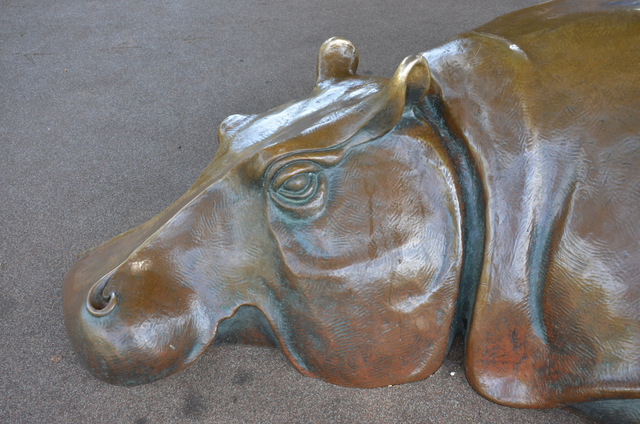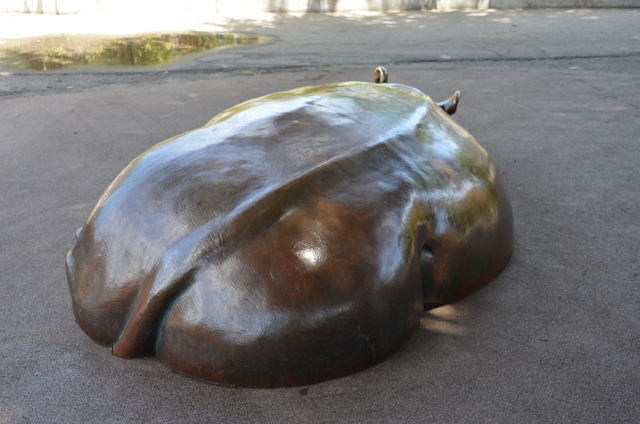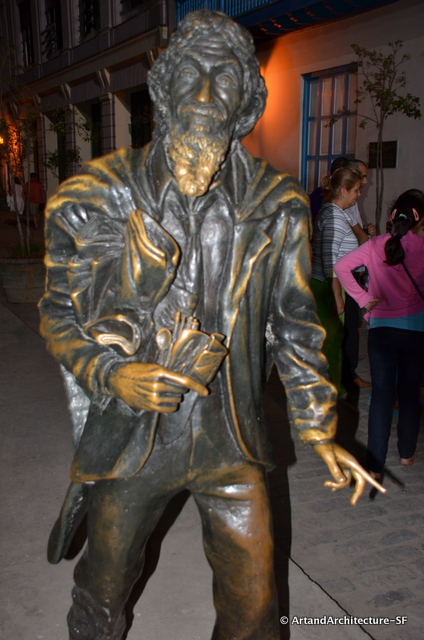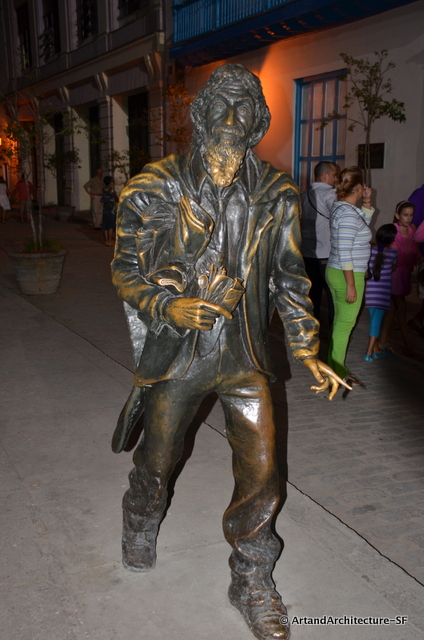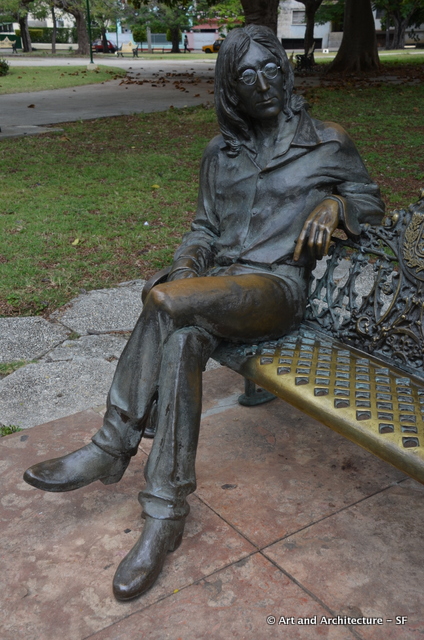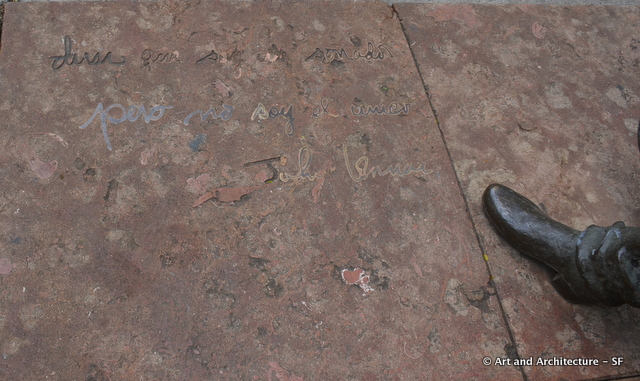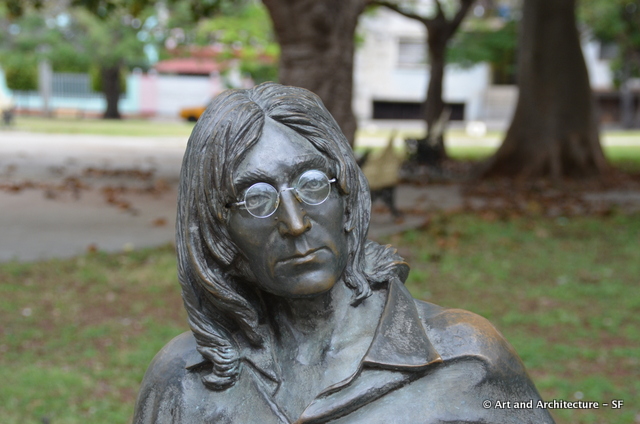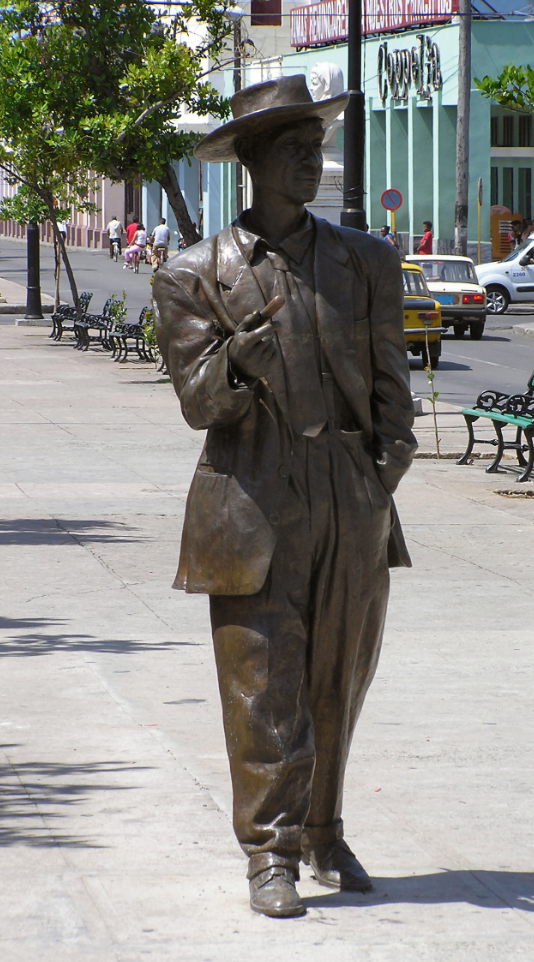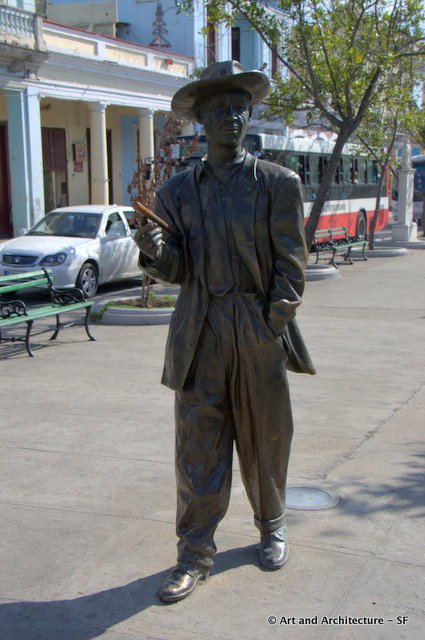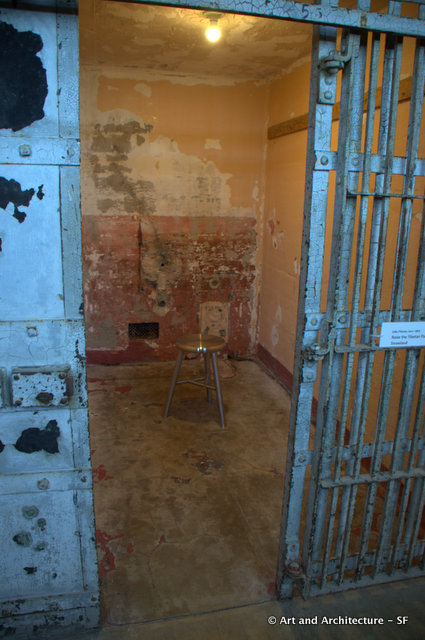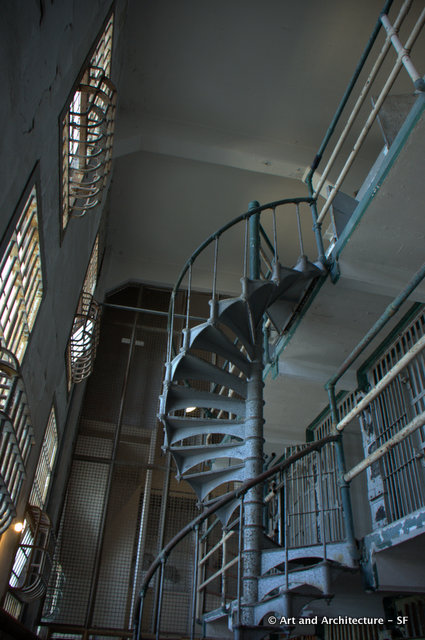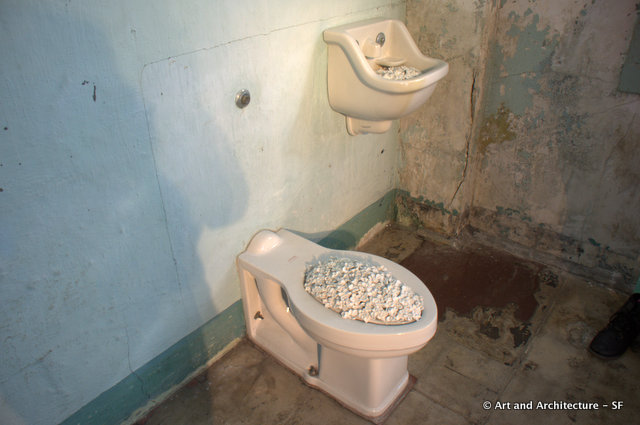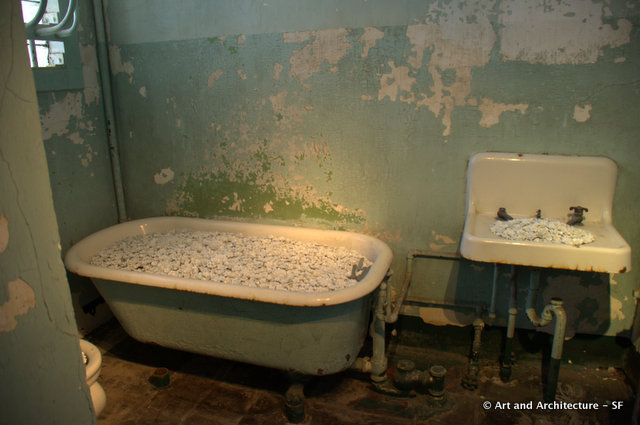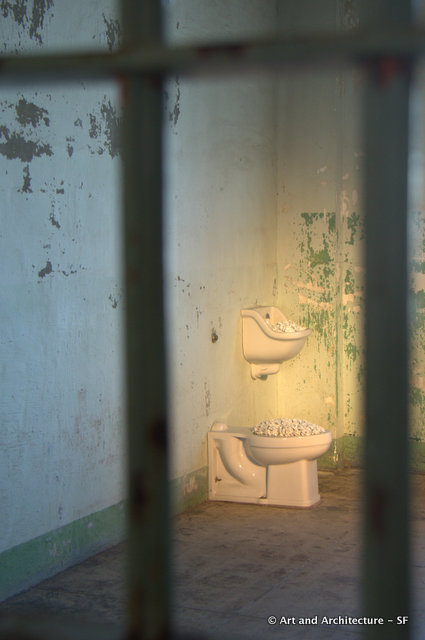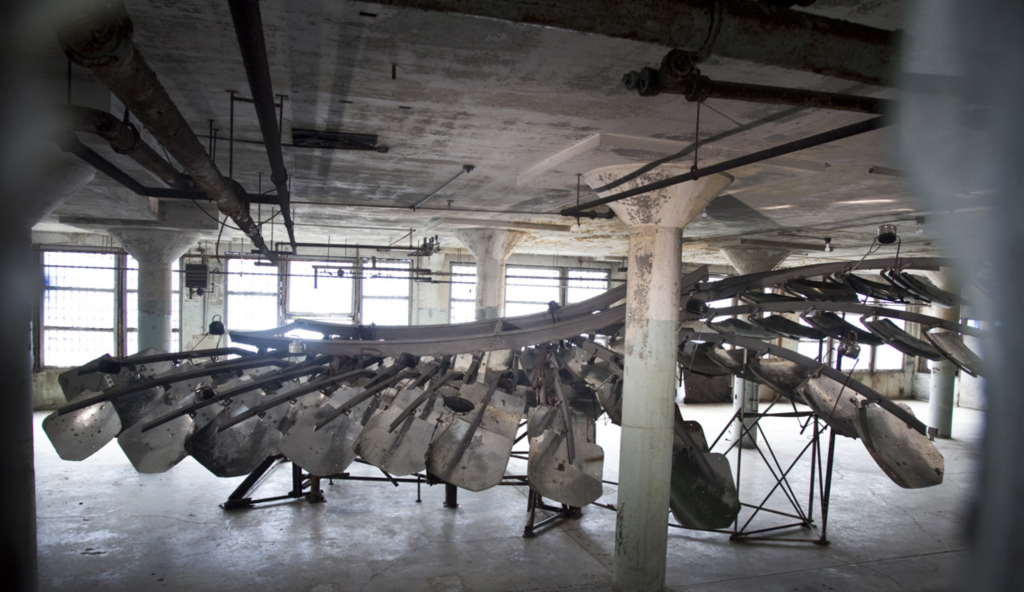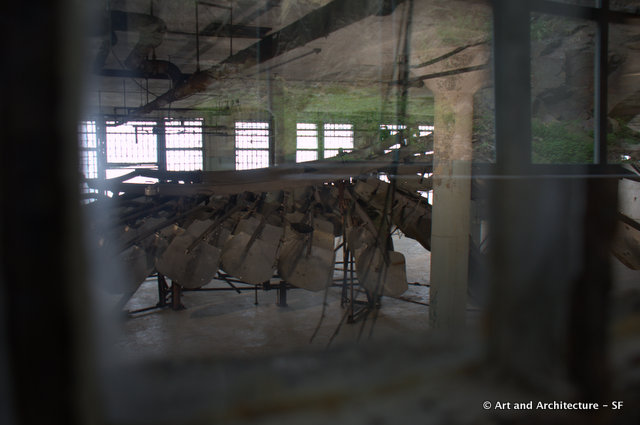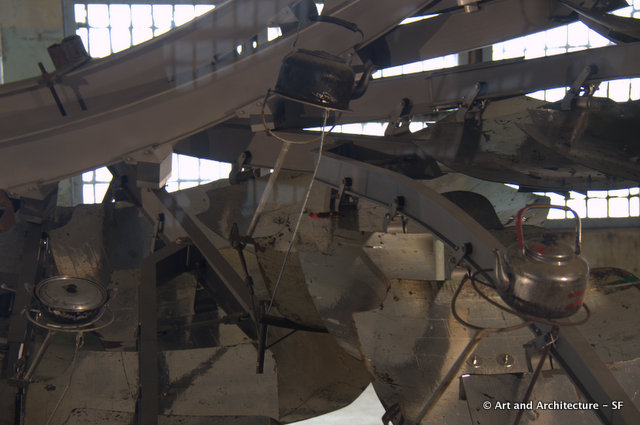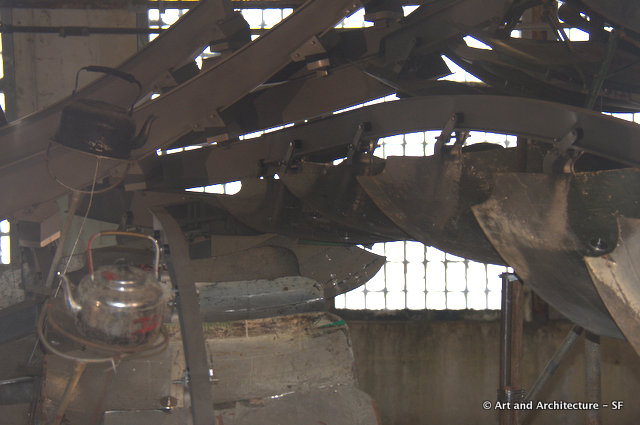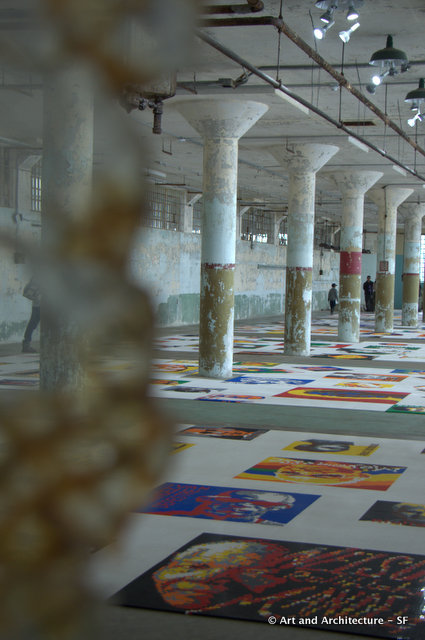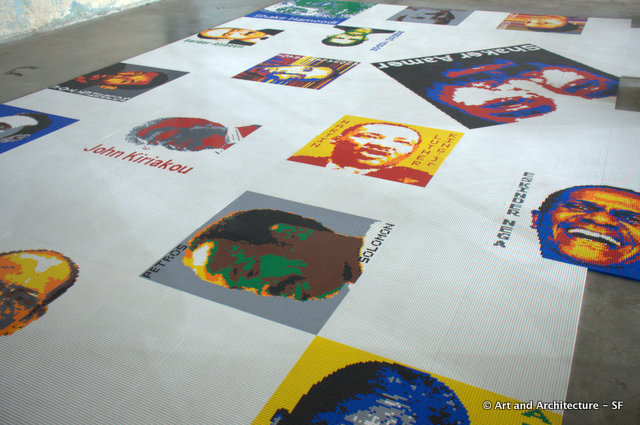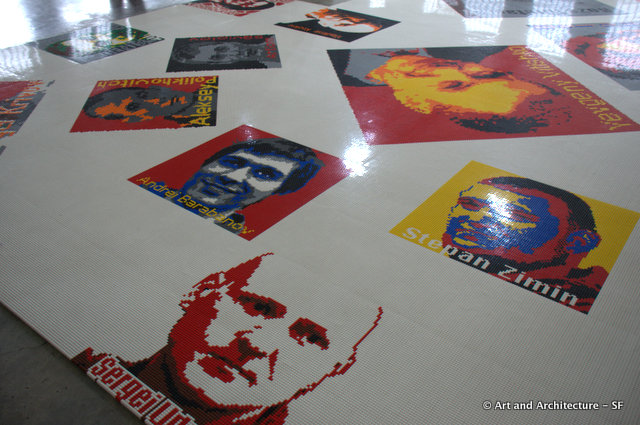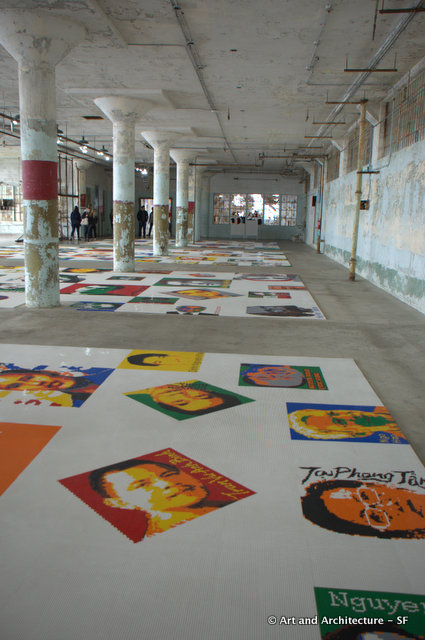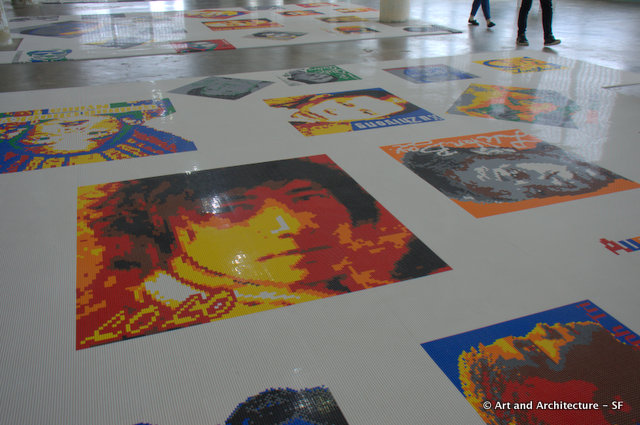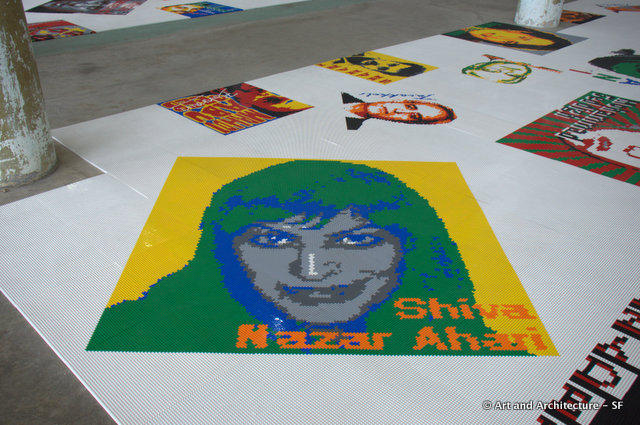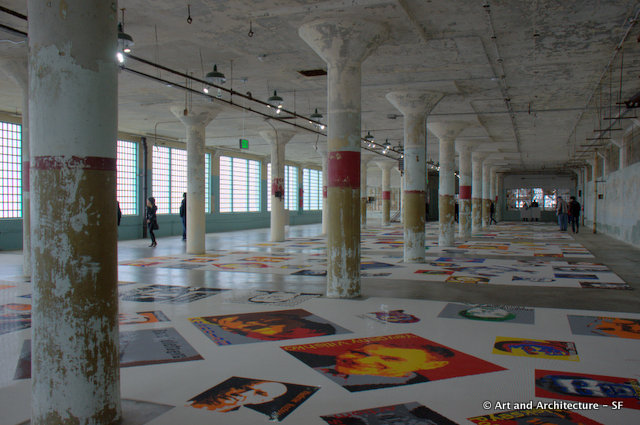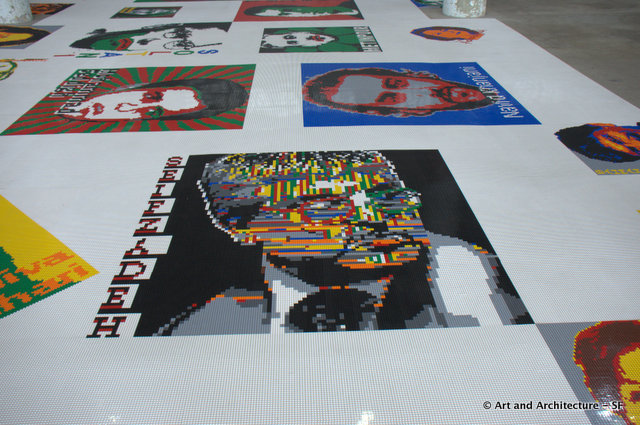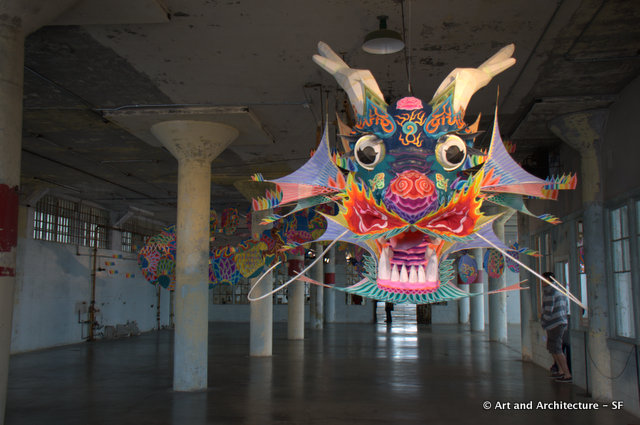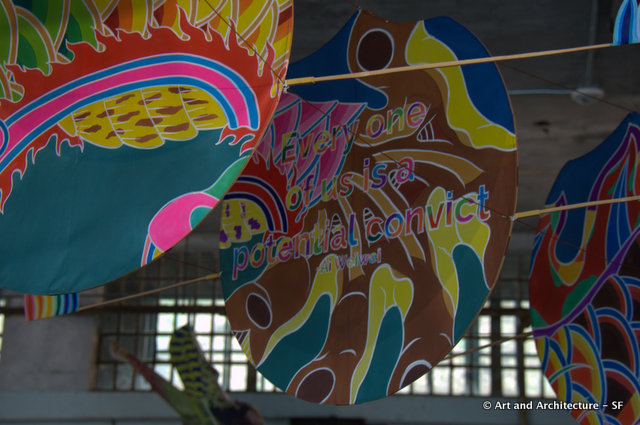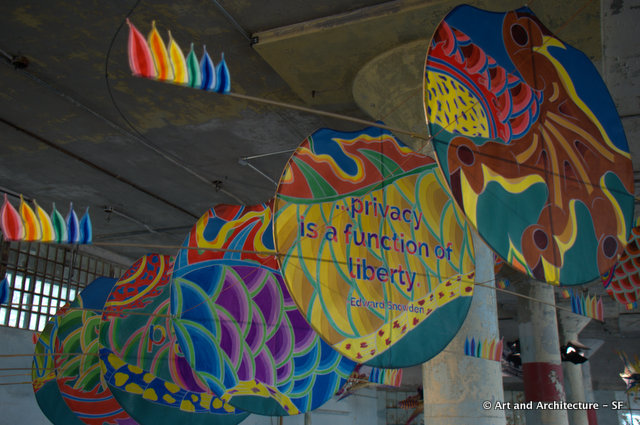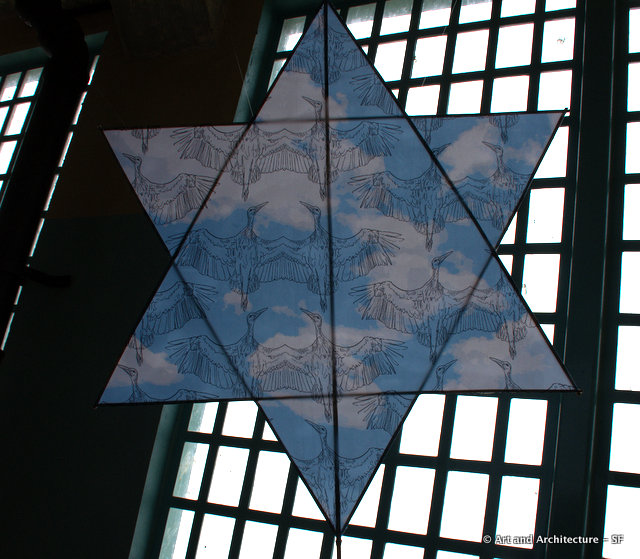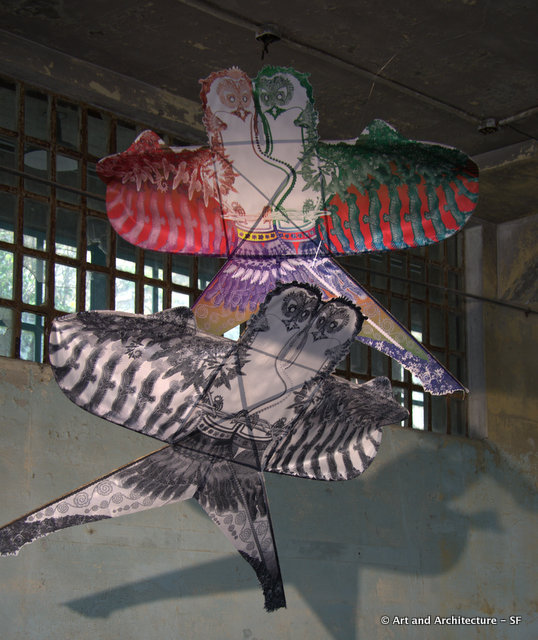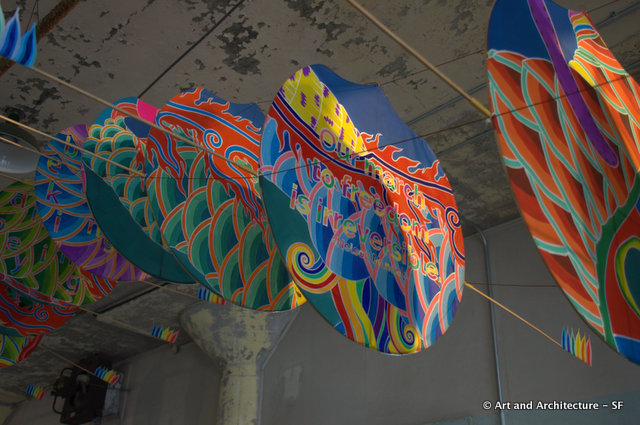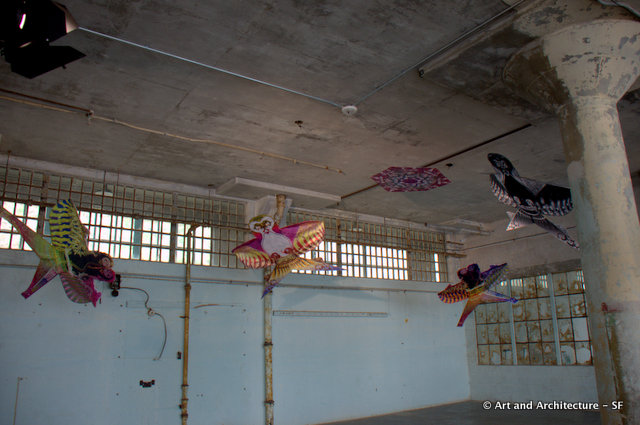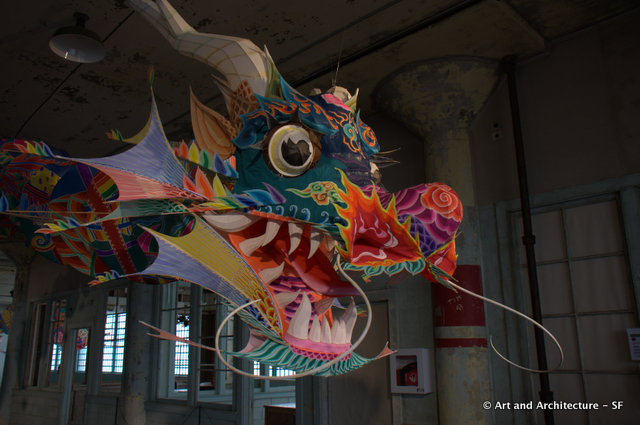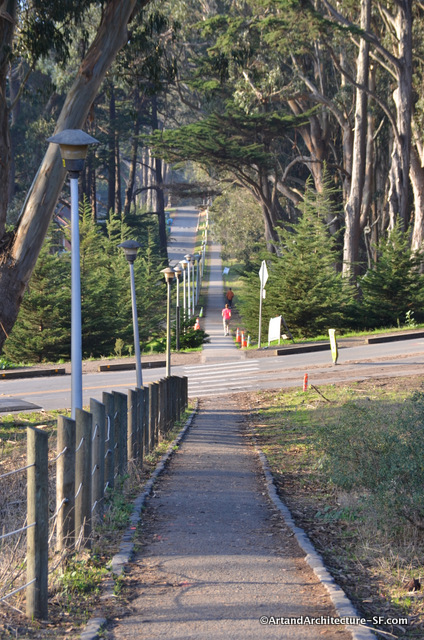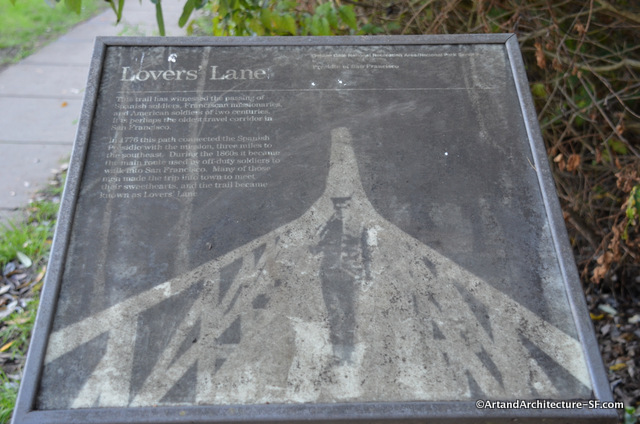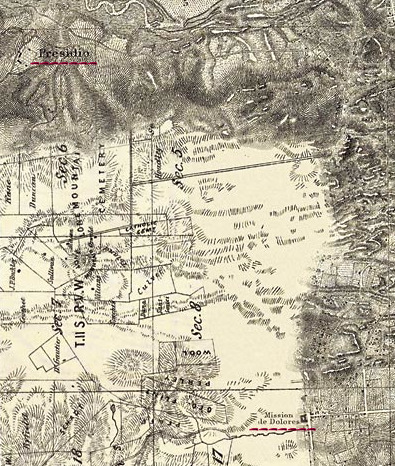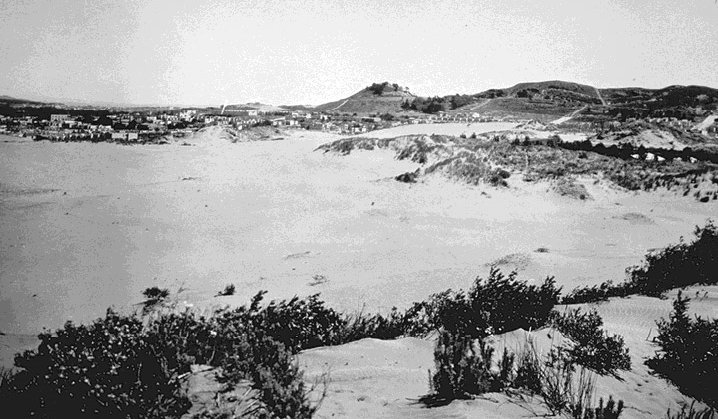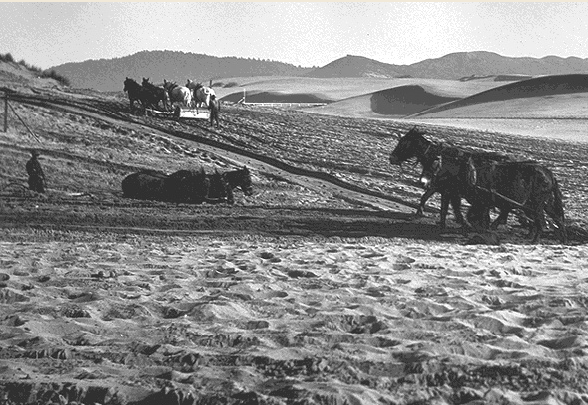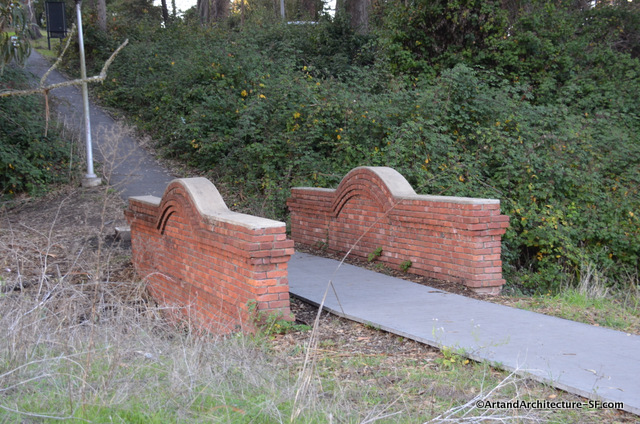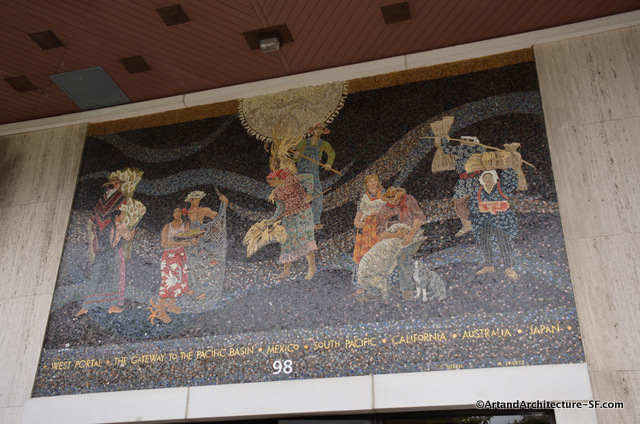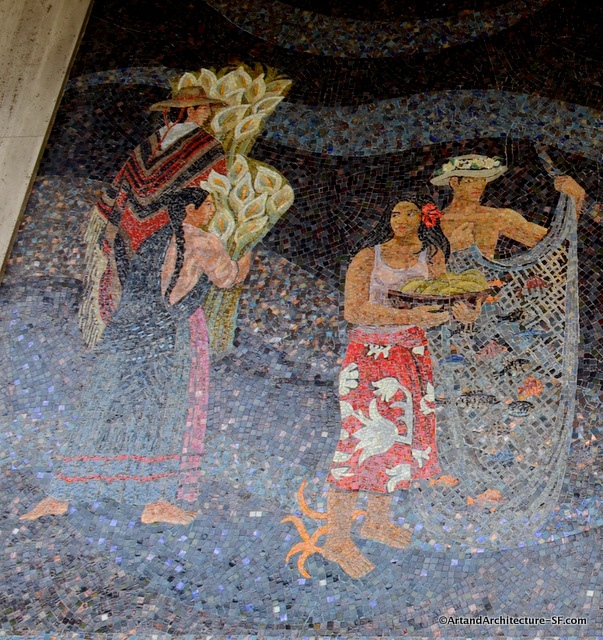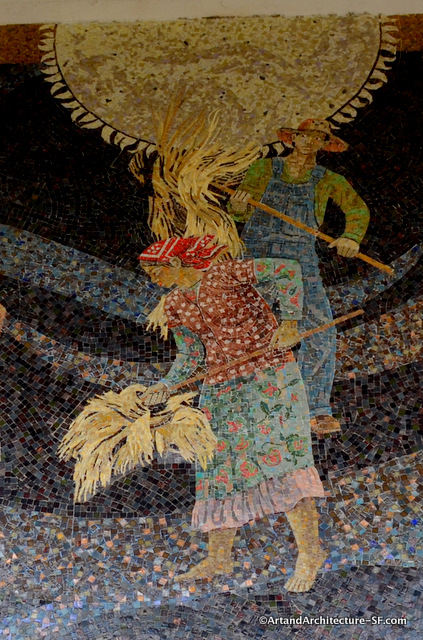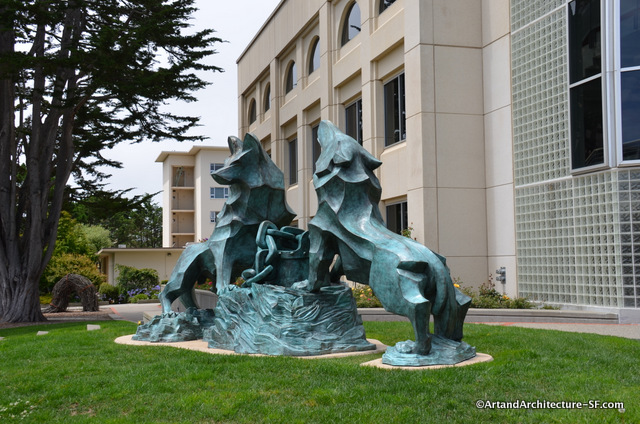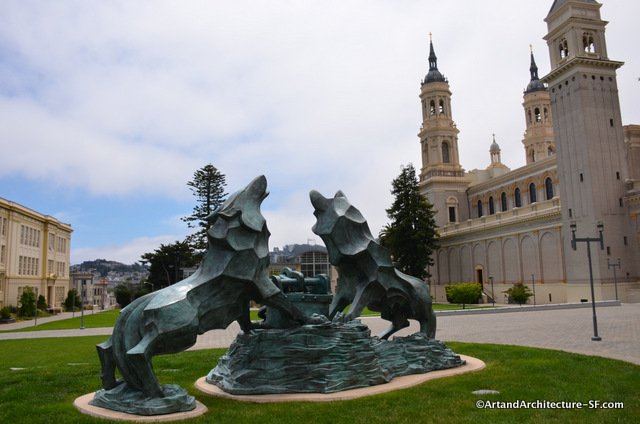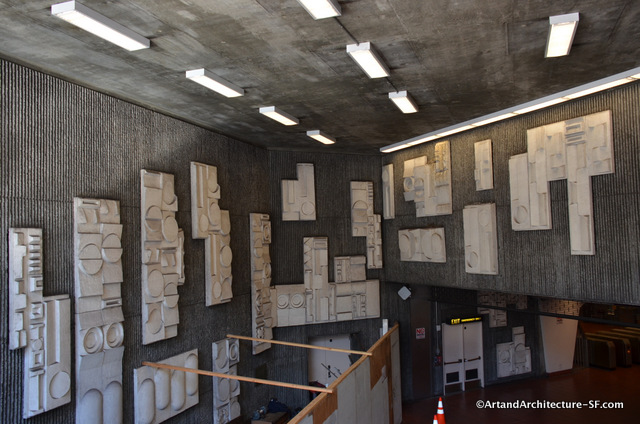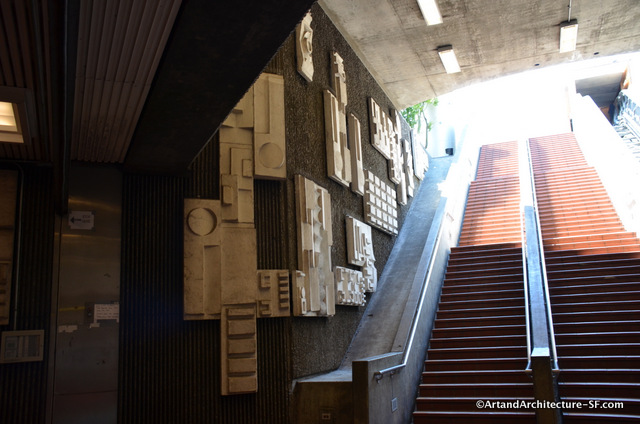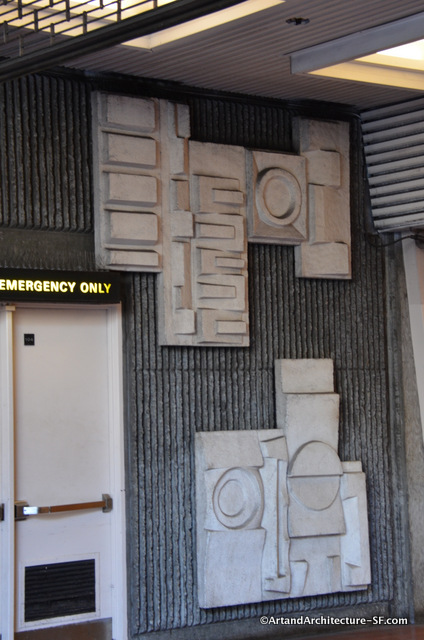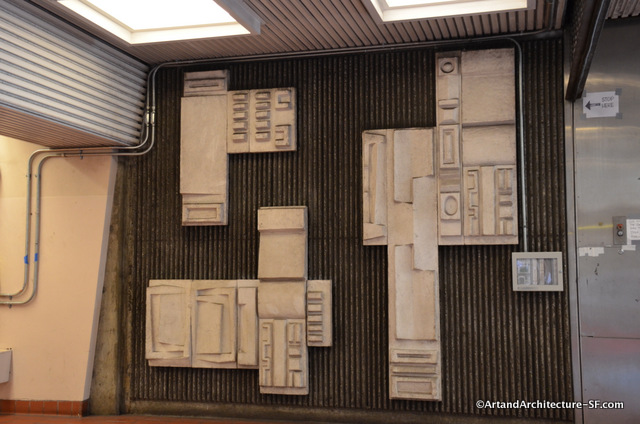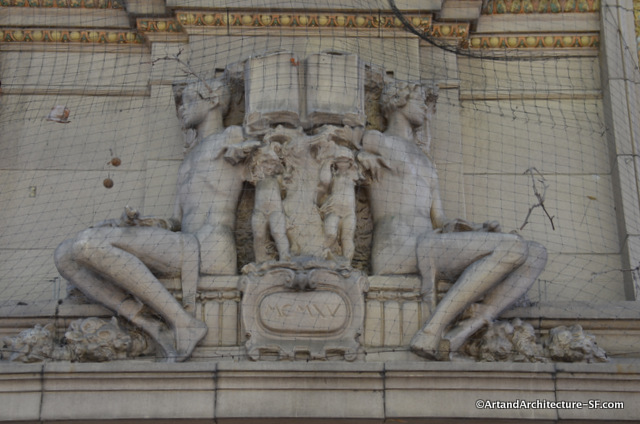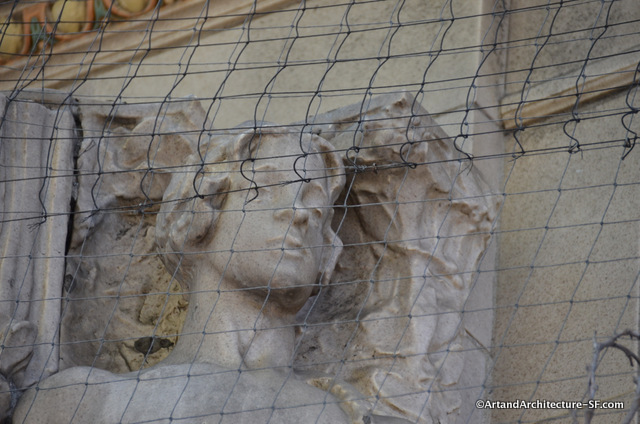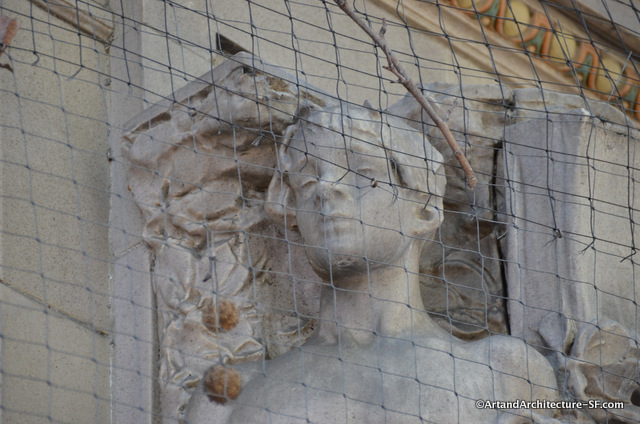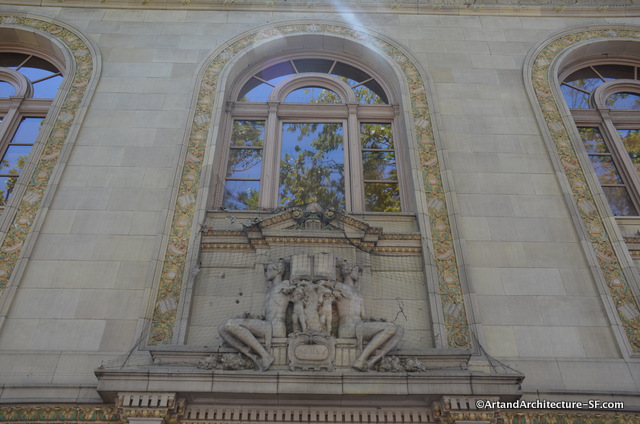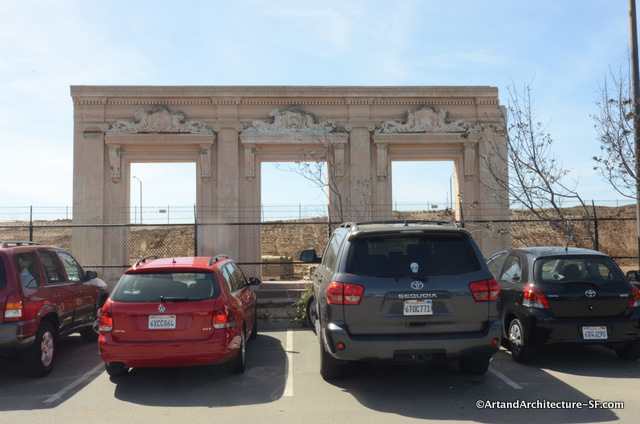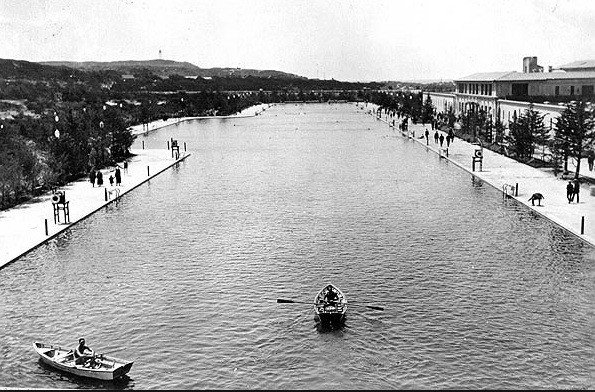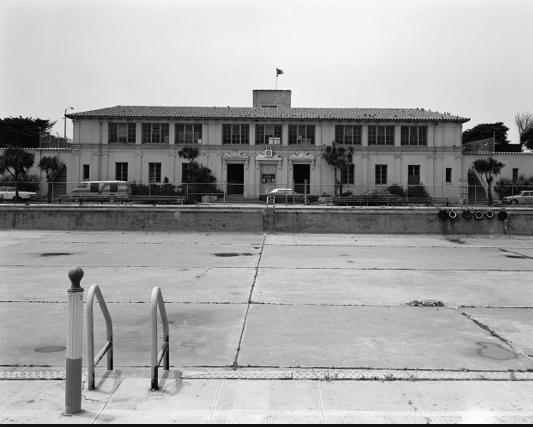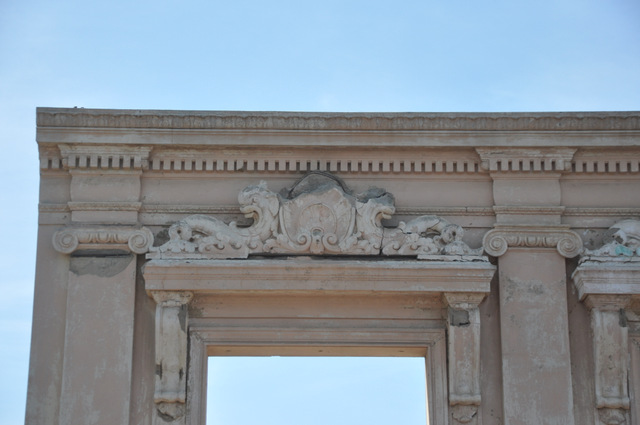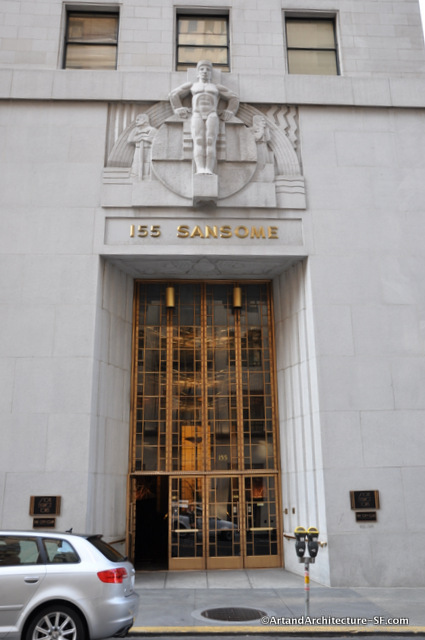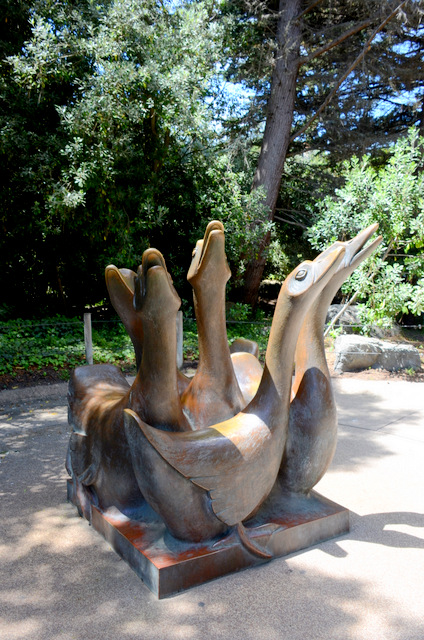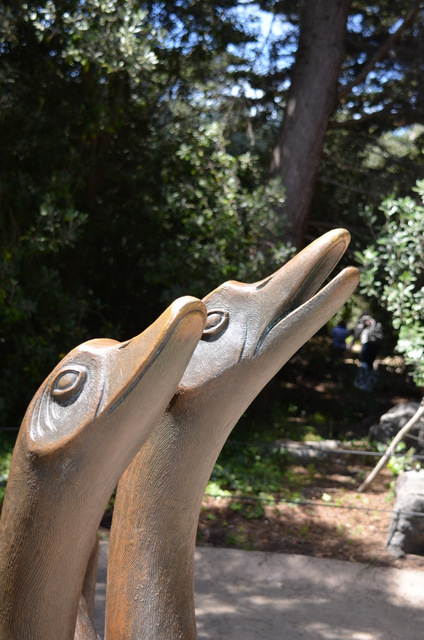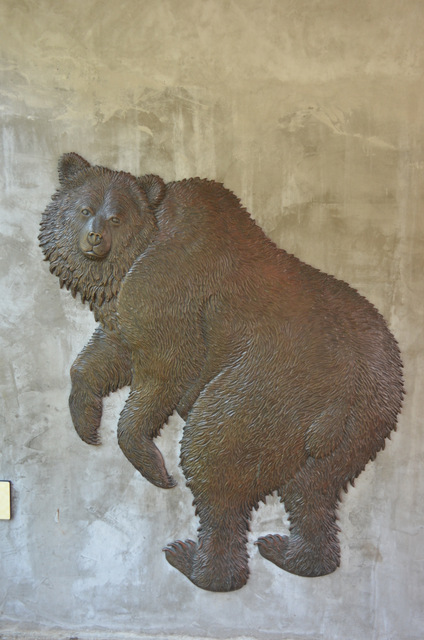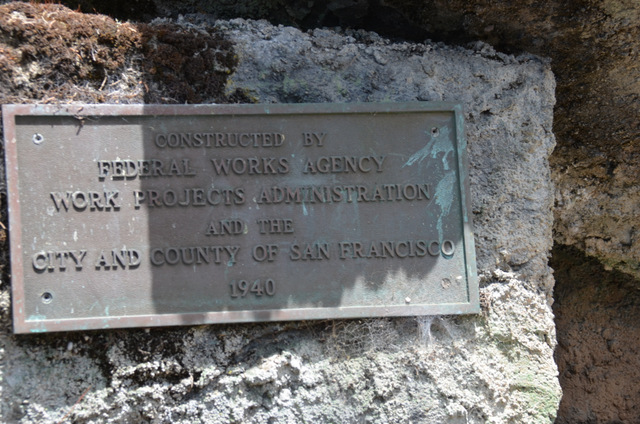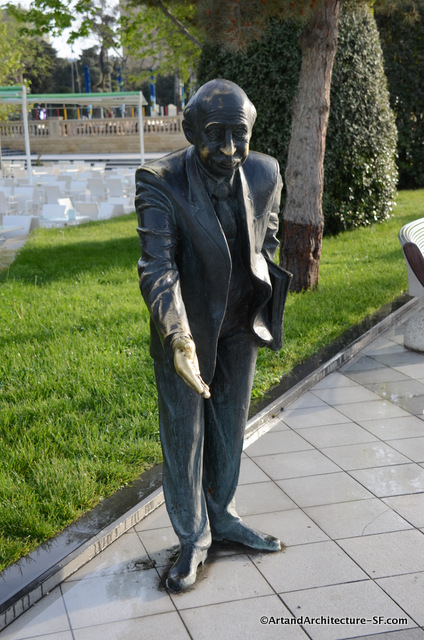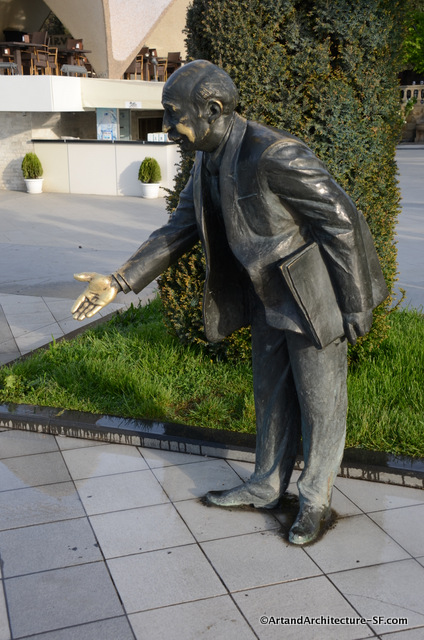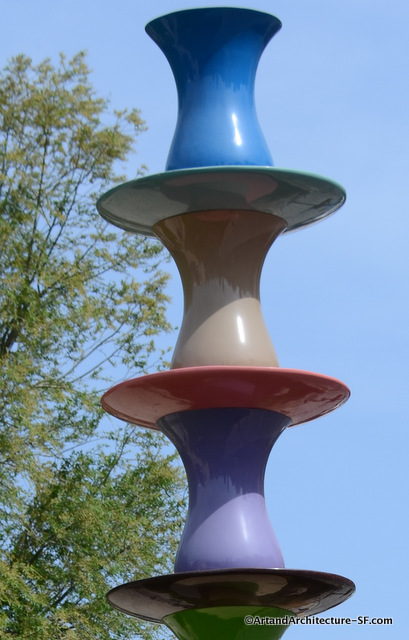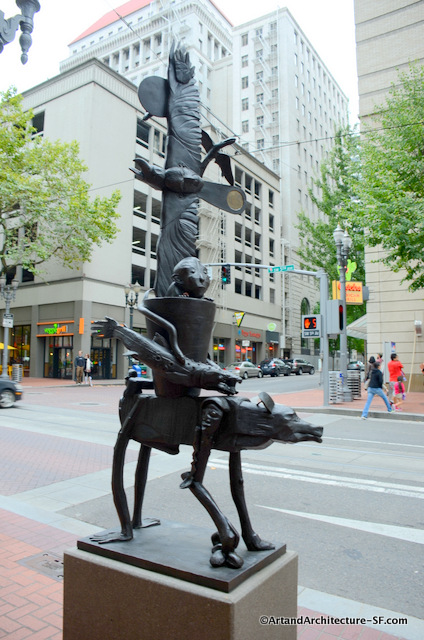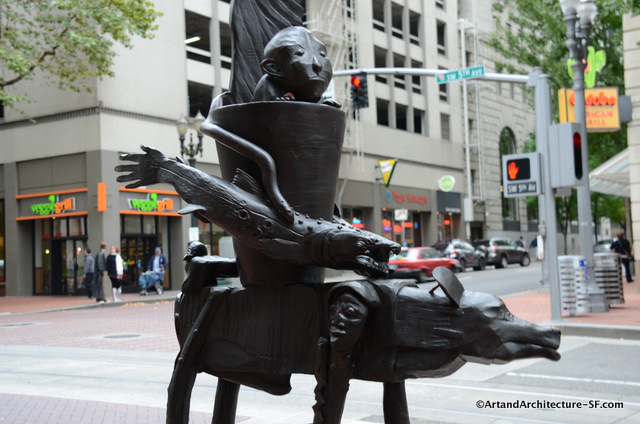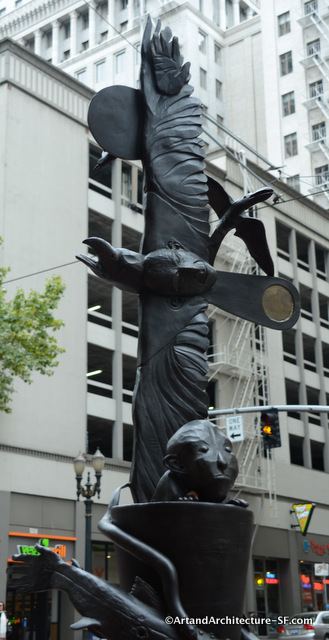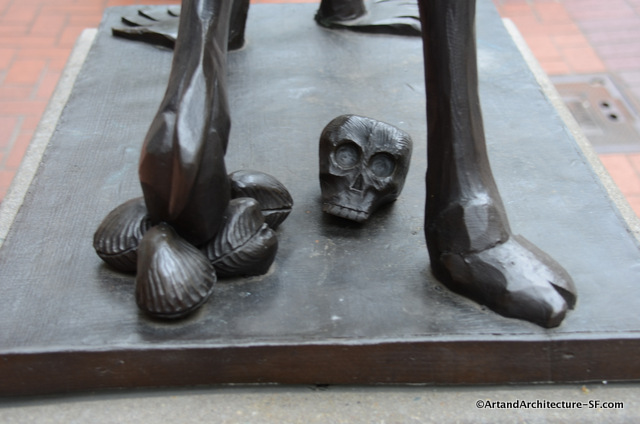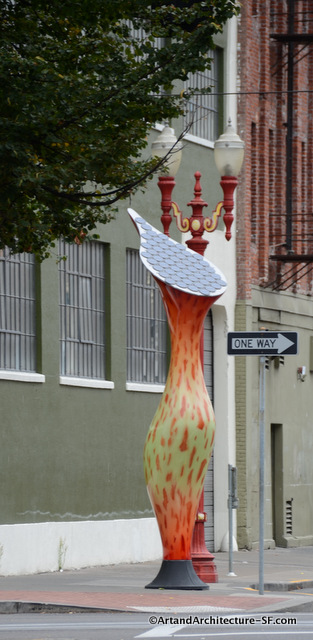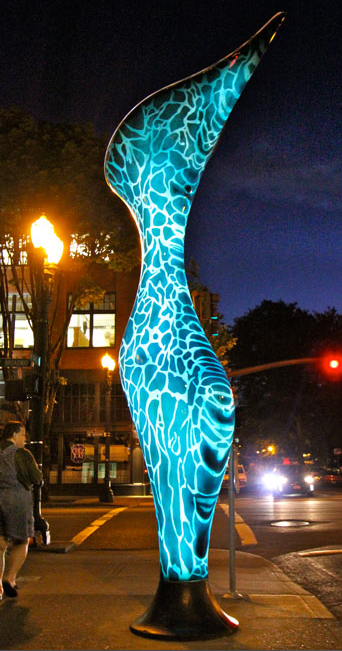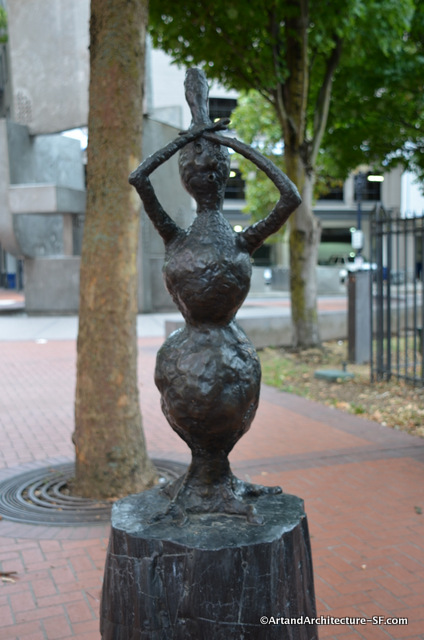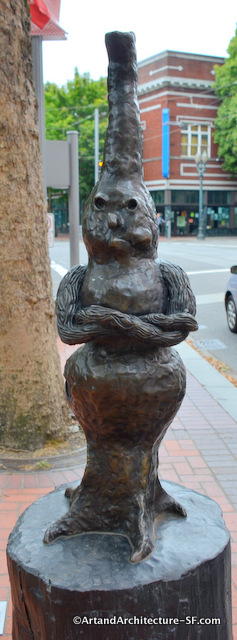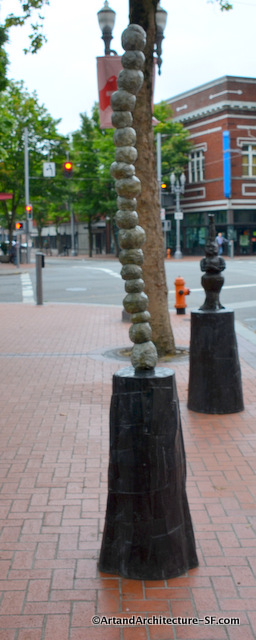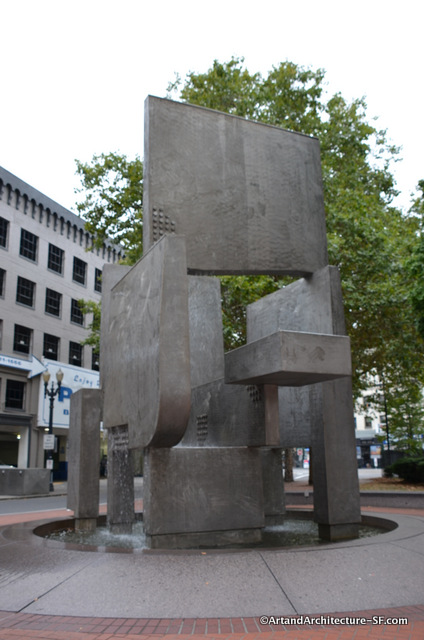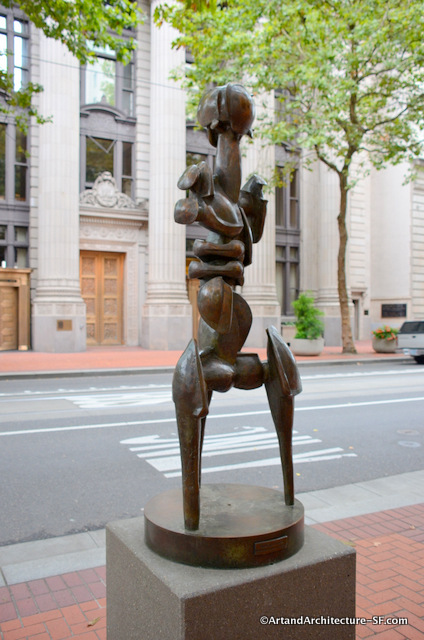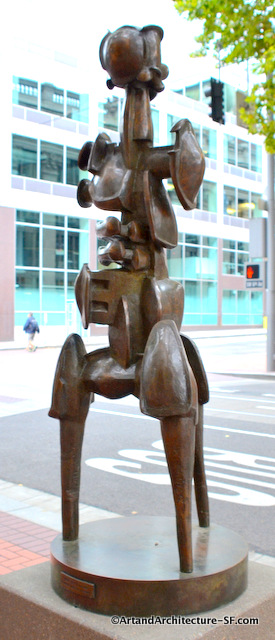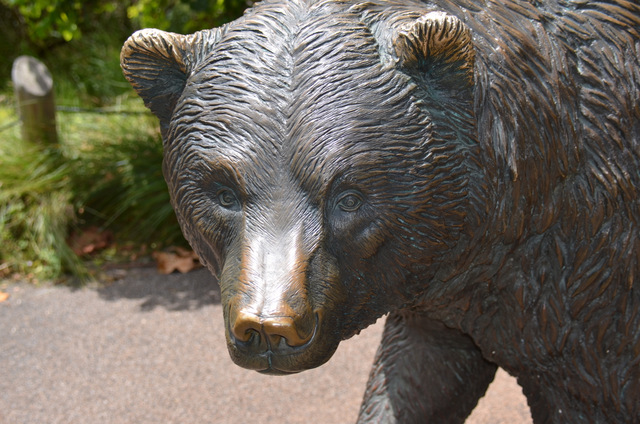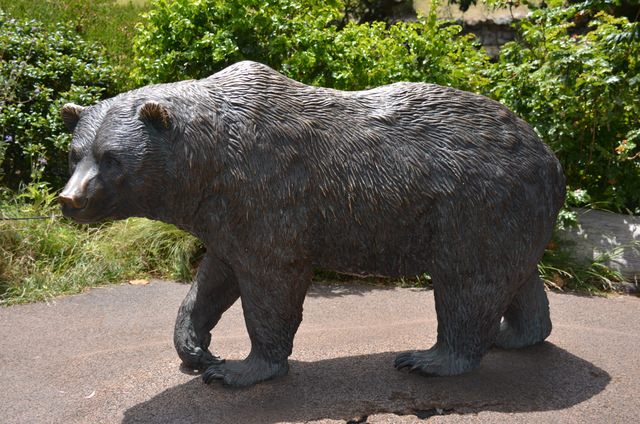Castro Street
Between Market and 20th
There are twenty individuals honored on the Rainbow Honor Walk. According to the Walks website:
The Rainbow Honor Walk seeks to honor heroines & heroes of the LGBT communities through a sidewalk tribute in San Francisco’s historic Castro district to honor their contributions. The Rainbow Honor Walk is an all-volunteer organization.
The criteria for the first 20 names to be placed on the Rainbow Honor Walk are as follows: Self expressed LGBT individuals, now deceased, who made significant contributions in their fields. Criteria for additional names to be added to the Walk over the years will change and adapt according to the wishes of the community working in concert with the Rainbow Honor Walk Board of Directors.
It would be horrifically difficult for me to bring all twenty of them to you here in one blog post, so I have chosen my favorites, beginning with Oscar Wilde, whose humor has always delighted me both in his talks and his writings, but I also found reading about the selection process by the chairman David Perry gave me insight into some others and how they may very well be over looked if you are not as aware of your history.
“One of the names that calls up a lot of personal memories and prompts a fresh understanding is Christine Jorgensen. As a child in Catholic School during the late ’50s, I was very aware of Jorgensen’s multi-media exposure. She was glamorous, a former GI, and was being touted as the first to have this challenging reassignment surgery. Then came all the heated religious talk about Intelligent Design, existing definitions of sexual identity versus anything more insightful, and – since Christine’s medical procedures had started in Copenhagen – all the comedic one-liners around the notion of going to or getting lost in Denmark. That was then. And now – 25 years after her death – a permanent, celebratory bronze plaque is about to be bolted into Castro Street and guaranteed to fire the imaginations of a generation or two who have never heard of Christine Jorgensen.”..David Perry
Randy Shilts, whose book “And the Band Played On” opened the eyes to the world of the AIDS Epidemic.
Again from David Perry…”As board chair and co-founder, I’m not supposed to have favorites. But one of them is Alan Turing, the father of modern computing. Without exaggeration, those of us who love not only LGBT history but world history know that without him breaking the Enigma Code, the outcome of World War II would have been very different. Nazi Germany was defeated because of the genius of this openly gay man. After that incredibly heroic effort, he was vilified and chemically castrated because he was openly gay. Only recently, within the last two years, Her Majesty Queen Elizabeth apologized for that and Alan Turing has begun to get the recognition he deserves. ”
*
The total list of honorees includes:
Jane Addams (1860-1935) • James Baldwin (1924-87) • George Choy (1960-1993) • Federico Garcia Lorca (1898-1936) • Allen Ginsberg (1926-97) • Keith Haring (1958-90) • Harry Hay (1912-2002) • Sylvester James (1947-88) • Christine Jorgensen (1926-89) • Frida Kahlo (1907-54) • Del Martin (1921-2008) • Yukio Mishima (1925-70) • Bayard Rustin (1912-87) • Randy Shilts (1951-94) • Gertrude Stein (1874-1946) • Alan Turing (1912-54) • Tom Waddell (1937-87) • Oscar Wilde (1854-1900) • Tennessee Williams (1911-83) • Virginia Woolf (1882-1941)
The plaques are 3’X3′ and were manufactured by Berkeley’s Artworks Foundry.
